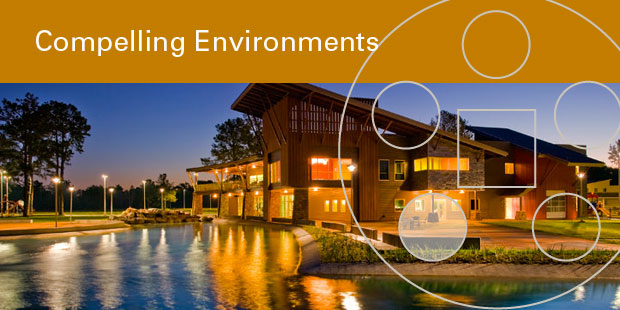There are three dominant environments that every local church is attempting to create: worship environments, connecting environments, and serving environments. Each one plays a significant role in transmitting and realizing the vision.

For a leader, the maxim is true: it’s not about what you can do, but what you can duplicate. At some point your vision must transcend your skills and be deposited into the basic reproducible habits of the entire congregation.

Every day, your church stewards thousands of moments of truth. Every time a member talks to a neighbor, someone drives by the church facility, ministry e-mail goes out, a pastor’s business card is left on a desk, some interaction on behalf of the church has transpired.

How will you use vision to recruit leaders, develop leaders, structure people, and divide your attention among the right leaders? Take leaders out of the equation and the visionary is just a daydreamer.

The three kinds of weak vision I want to clarify are lacking potency because they are more of a means to an end that we often realize.

You must be an active subscriber to view this premium content. Subscribe or Login.

If we don’t understand that most opportunities are distractions in disguise, it will be hard to say “no” to the next seemingly “good” thing.

Opportunity creep – when lack of “opportunity management” can distract and dilute our ministry efforts.

You must be an active subscriber to view this premium content. Subscribe or Login.

Back-to-back-to-back connections with three very different and fruitful ministries produce powerful lessons on the importance of Vision Clarity.






















